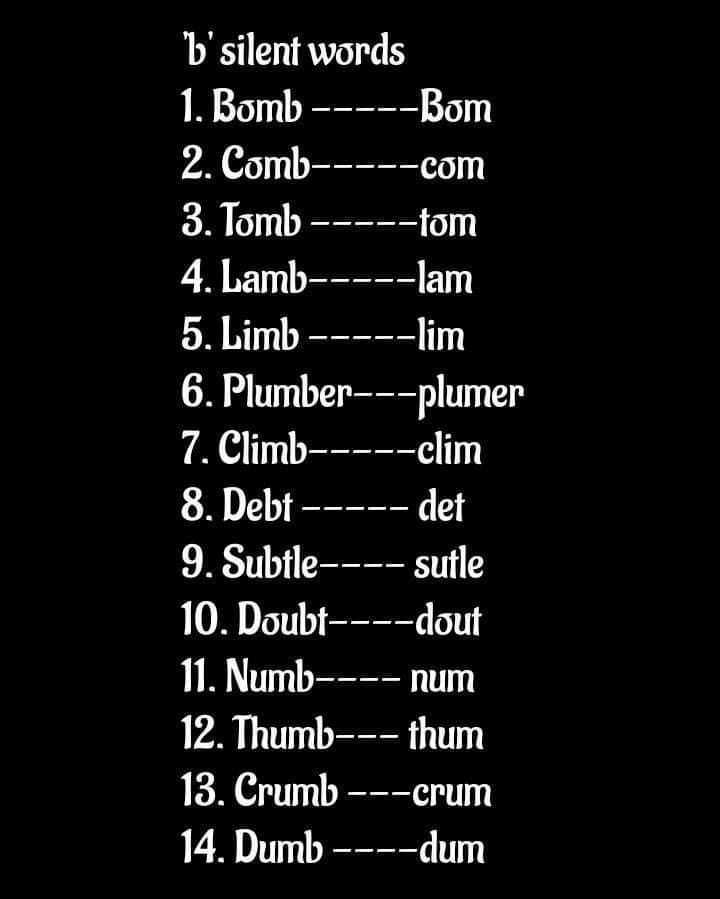Who Draws Plumbing Plans?
Plumbing plans are technical drawings that are used by plumbers, contractors, and architects to design and install plumbing systems. Plumbers and contractors who specialize in plumbing usually draw plumbing plans, but architects may also be involved in the design process. Plumbing plans need to be precise and accurate to ensure that the plumbing system is correctly installed and functioning properly. They generally include details such as pipe sizes, elevations, fixtures, water system connections, and more. Creating plumbing plans requires a good understanding of the building’s structure, local plumbing codes, and the necessary materials needed for the job.

What Is a Plumbing Plan?
A plumbing plan is an essential part of any plumbing project, as it provides a detailed overview of the pipe layout and other plumbing components. It is typically created by a professional plumber or a plumbing engineer and is used to ensure that all components are installed correctly and in accordance with applicable building codes. Plumbing plans can include detailed diagrams of the pipe layout, specifications for fixtures and appliances, and a list of necessary materials and supplies. Plumbers use these plans to ensure that the project is completed on time and within budget. In order to create a high-quality plumbing plan, it is important to have an understanding of local plumbing codes and regulations, as well as a good grasp of basic plumbing principles. A plumbing plan is an invaluable tool for any plumbing project, from replacing faucets to remodeling a bathroom. It is essential for ensuring that the project is completed safely, efficiently, and correctly.
What Does a Plumbing Plan Include?
Plumbing plans are essential for any construction project, big or small. They provide comprehensive information about the plumbing system, including the layout of the pipes, fixtures, and other components. But who is actually responsible for drawing these plans?
A plumbing plan is typically drawn up by an experienced plumber or plumbing engineer. They will use the latest industry standards and protocols to ensure that the plan meets all safety, health, and environmental requirements. The plan must also meet the local building codes and regulations.
The plumbing plan should include accurate measurements of the area where the plumbing system will be installed. It should also include the type of materials to be used, such as pipes, fittings, and fixtures. In addition to the layout and design of the plumbing system, it should also include a detailed list of all the components.
Finally, the plan should include a detailed description of how the plumbing system should be installed. This includes the steps that need to be taken to ensure that the system is installed correctly and safely. The plan should also provide detailed instructions for maintenance and troubleshooting.
Overall, a plumbing plan is a vital part of any construction project, and it is essential to ensure that it is drawn up by an experienced professional. The plan should include accurate measurements, a detailed list of components, and clear instructions for installation and maintenance.
What Are the Benefits of Having a Plumbing Plan?
Having a plumbing plan is an essential step for any residential, commercial, or industrial project. It provides a detailed overview of a building’s plumbing system, including the layout of pipes, drains, and fixtures. Along with providing an efficient and cost-effective way to install and maintain plumbing, having a plumbing plan offers numerous benefits.
One of the key advantages of having a plumbing plan is that it offers a visual representation of the project. A plumbing plan can be used to identify potential problems before installation, such as incorrect pipe sizes or insufficient water pressure. Using a plumbing plan, a builder can ensure that the plumbing system is properly designed and that all fixtures and pipes are correctly placed.
Another benefit of having a plumbing plan is that it can help reduce the risk of costly repairs in the future. By having a detailed overview of the plumbing system, it’s easier to identify any potential problems before they occur. This can help reduce the likelihood of costly repairs or replacements down the line.
Finally, having a plumbing plan is a great way to reduce the time it takes to install a new plumbing system. By having a plan in place, the process of installation is much more efficient, saving time and money in the long run.
In conclusion, having a plumbing plan is an essential part of any residential, commercial, or industrial project. It offers a visual representation of the project, helps reduce the risk of costly repairs, and can help save time and money in the long run.
What Are the Different Types of Plumbing Plans?
The plumbing industry is an ever-evolving field, with new regulations and technologies emerging daily. As a result, it’s essential for plumbers to be aware of the different types of plumbing plans available, and who is responsible for creating them. Plumbing plans are used to accurately map out the layout of a plumbing system, and are essential to help plumbers, contractors, and engineers install safe and effective systems.
Plumbers usually create plumbing plans for their own projects, as they will have the most accurate knowledge of the project. These plans are detailed, including all pipes, fixtures, and associated equipment. In addition, plumbing plans are also often needed for government approval of certain projects, such as for a new home or commercial building. In such cases, a registered plumbing engineer or draftsman may be required to draw up the plans.
When it comes to commercial projects, the size and complexity of the job usually require a team of designers and draftsmen to collaborate on the plan. In addition to plumbing engineers, architects, and surveyors may be involved in the process. All of these professionals must work together to create a comprehensive, accurate, and aesthetically pleasing plan.
Thus, the answer to who draws plumbing plans depends on the scope of the project. Plumbers are often responsible for creating plans for their own projects, while larger projects may require the collaboration of a variety of professionals. No matter who is creating the plans, it’s essential that they are accurate and up-to-date in order to ensure the safety and functionality of the completed plumbing system.
Who Creates Plumbing Plans?
Plumbing plans are an integral part of any construction project, and it’s important to understand who is responsible for creating them. Generally, plumbing plans are created by a professional plumbing contractor who has the necessary knowledge and experience to ensure that the plumbing system is installed correctly. Plumbing plans include detailed diagrams, schematics, and symbols that help identify and communicate the various components of the plumbing system. These plans are often used by contractors, architects, engineers, and even homeowners in order to ensure that the plumbing system is installed correctly and efficiently.
The process of creating plumbing plans typically involves several steps, such as determining the scope of the project, researching local codes and regulations, designing the system, and preparing the drawings and documents. The plumbing contractor must also consider factors such as drainage, ventilation, water pressure, and safety when creating the plans. In addition, the contractor must also take into account any potential problems that may arise during installation or use of the system.
In conclusion, plumbing plans are essential for any construction project, and it’s important to understand who is responsible for creating them. Professional plumbing contractors are the individuals who are usually responsible for creating these plans, and they must take into account various factors when designing the system. Understanding the process and who is responsible for creating these plans is essential for ensuring that the plumbing system is installed correctly and safely.
What Are the Steps Involved in Creating a Plumbing Plan?
Creating a plumbing plan requires several steps that are best completed by a professional plumbing designer. This individual is knowledgeable and experienced in the design and layout of plumbing systems and must understand the complexities of the construction process. The first step is to develop a site plan that will identify the existing plumbing system, the desired location for the new plumbing, and any potential problems. This is followed by a schematic design phase, which will include a detailed layout of the new plumbing system. The next step is to create a detailed drawing of the plumbing system, which includes measurements, angles, pipe sizes, and regulations. After this, the plumbing plan must be reviewed and approved by local authorities and other relevant stakeholders. Finally, the plumbing plan must be implemented and checked for accuracy before the system is put into use. By following these steps, a plumbing plan can be created efficiently and effectively.
FAQs About the Who Draws Plumbing Plans?
1. Who draws plumbing plans for a building?
Answer: Plumbing plans for a building are typically drawn by a qualified plumbing engineer or a plumbing designer.
2. Is a plumbing plan required for a construction project?
Answer: Yes, a plumbing plan is typically required for any construction project that involves plumbing.
3. How can I find a professional to draw a plumbing plan?
Answer: You can find a professional to draw a plumbing plan by searching online, checking with local trade organizations, or asking colleagues and friends for referrals.
Conclusion
In conclusion, plumbers and architects are responsible for drawing plumbing plans. Plumbers are responsible for determining the system layout, selecting the appropriate fixtures, and preparing the installation plans. Architects are responsible for creating the overall design of the system, incorporating it into the building design, and ensuring that it meets all building codes and regulations. Both plumbers and architects must be knowledgeable in the subject of plumbing and be able to provide accurate and detailed plans.







